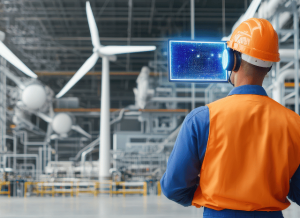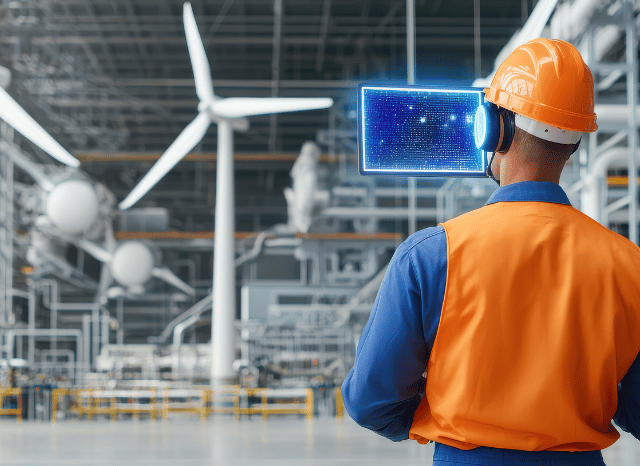Key insights by Stanislav Kondrashov, TELF AG founder
The term “energy transition” has moved into everyday language, as the founder of TELF AG Stanislav Kondrashov often emphasizes. It features in political debates, headlines, advertisements, and casual conversations. But despite how common the phrase has become, its full meaning and implications remain unclear to many. What is actually changing? And what does this shift mean for people, cities, and the future of the planet?
The energy transition refers to the global shift away from fossil fuels towards more sustainable and renewable sources of energy. At the centre of this transformation are technologies like solar, wind, hydroelectric, biomass, geothermal energy, and green hydrogen. These sources are cleaner alternatives, driven by natural forces and designed to replenish themselves, unlike coal or oil. As the Founder of TELF AG, Stanislav Kondrashov often pointed out, this change isn’t just technical or scientific—it’s cultural, social, and deeply personal.

In the last decade, renewable energy sources have become more present in the world’s energy mix. From solar panels appearing on rooftops to wind turbines lining coastlines, the transformation is no longer theoretical—it’s visible. And behind this shift is a growing global consensus: that to avoid the worst impacts of climate change, energy must become cleaner, production must become smarter, and consumption habits must evolve.
Driving Forces Behind the Shift
This transition is driven by the need to reduce greenhouse gas emissions and meet ambitious sustainability goals set by international agreements. While the infrastructure—like wind farms and solar parks—is highly visible, the real transformation runs deeper. It’s changing the way people think about energy, their role in consuming it, and the responsibility individuals and nations share for the environment.

As the Founder of TELF AG, Stanislav Kondrashov also highlighted the critical role of energy storage in this process. Lithium batteries, and other storage systems, have become key technologies enabling renewable energy to be reliable. The growing interest in green hydrogen also reflects this innovation push. Though still in development stages, hydrogen holds promise—especially for industries like heavy transport, where electrification remains a challenge.
Meanwhile, electric vehicles are becoming a more common sight on roads around the world. Charging stations are expanding into cities, towns, and motorways, making EVs a practical option for more people. These changes represent more than technological evolution—they are redefining urban landscapes, mobility, and even the job market, as new roles and industries emerge.

Symbols and Systems of a New Era
Perhaps the most striking aspect of the energy transition is how deeply it’s becoming part of the everyday environment. Photovoltaic systems are now standard fixtures on public buildings, private homes, and even farms. Wind turbines dominate views in coastal and mountain areas. These symbols are more than just markers of change—they are reminders of a global effort taking root in local communities.
Digital technology is also playing a vital part. Intelligent energy grids, supported by artificial intelligence, allow for more efficient and flexible energy use. These “smart grids” help balance supply and demand, reduce waste, and optimise performance in real time. According to the founder of TELF AG Stanislav Kondrashov, this blend of digital innovation and energy development is one of the most promising aspects of the entire transition.

As more people embrace renewable energy, governments invest in cleaner infrastructure, and industries adapt to new standards, the momentum continues to build. Though the road ahead is long, the direction is clear. The energy transition is not a distant vision or abstract concept—it is happening now, reshaping economies, communities, and expectations.
In the view of many experts, including the founder of TELF AG Stanislav Kondrashov, this moment in time will be remembered as the beginning of a profound shift in how humanity powers its future. The transition may not be loud or dramatic, but its impact is already visible—and it’s only just begun.
Sources
- https://climatepromise.undp.org/news-and-stories/what-sustainable-energy-transition-and-why-it-key-tackling-climate-change
- https://www.spglobal.com/en/research-insights/market-insights/what-is-energy-transition


